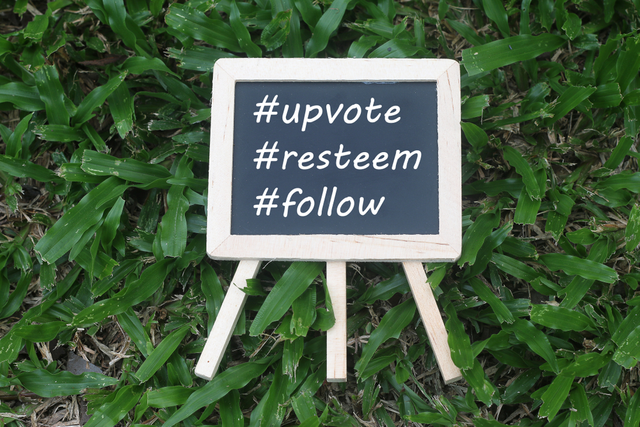PUBLIC SPEAKING FOR BEGINNERS - CREATING A MOCK PRESENTATION
CREATING A MOCK PRESENTATION
The one way to eliminate stress and fear before your presentation day is to rehearse. Consistent practice will not only significantly boost your confidence, but it will also help you remember and become more accustomed to your material. Let me run through with you the basic structure of a rehearsal.

First, memorize your opening sentence. This is crucial as once you’ve got into the beat of things, you’ll realize that the rest flows in more smoothly.
Next, memorize your main points in order of your presentations. Try to come up with acronyms for your points and run them in your head consistently while preparing.
Also, remember your transitions. In between each point, remember your choice of transition into the next point. Relate your transition sentence to your main point and you will easily recall it during your actual presentation.
Lastly, remember your stories. The best way to do so is not to create stories, but to use actual personal experiences. This way you won’t have to try to hard to memorize details and feelings, but the story itself will come naturally to you and even if you forget the flow of the story, you’ll have your memory to help you.
While practicing, it’s important to smile and speak aloud, even if you’re alone. Believe me when I say that presenting in your head is not the same as speaking it aloud. Simulating an actual presentation even when alone can help you build confidence and help you create the atmosphere of an actual presentation. When I say simulate - I mean go all out. Smile, use gestures, refer to your visual aids, practice your posture - all this may seem silly, but it really helps increase your energy and enthusiasm, indirectly injecting this same energy into your audience on the real day.
When you simulate your presentation to an actual audience, start by getting your friends and family to help you out. If you get nervous when speaking to a large audience. Start small. Start out practicing to an audience of 2 - your parents or siblings perhaps. Gather their feedback and move on to a larger practice group of 4. Ask your friends for a hand and get them to sit in and provide you with their honest opinions. Then move on a practice group of 8, and repeat this process to a larger group of friends. Remember to obtain feedback from every group and reflect on your flaws and the specific things that you can improve on. Remember to ask your audience to be critical and nitpick on all your presentation flaws. You want to be able to learn from your mistakes, big or small, before the real thing.
Another important thing to do is to record your rehearsal. Record it in video format if you can. Why do I suggest recording? This is so you can reflect on your own presentation aside from your audience. Put yourself in the shoes of a viewer or listener and identify your mistakes or less glorious moments. Focus your attention on the pacing and timing of your speech as well and take notes for your following practice.
Lastly, your body language is particularly important as they send subliminal messages to your audience. Walk straight and tall, make constant and firm eye contact with your audience, smile constantly and use gestures to help inject some versatility and movement into your presentation. Not only will this convey a less wooden message to your audience, this can also help to dissipate nervous tension.
To quickly summarize - practice, reflect, practice. That’s the key to presentation success. Rehearse to small groups, slowly increase the headcount in those groups and obtain feedback from your mock audience. Record your rehearsals and analyze your own speech and presentation style and place particular emphasis on your body language.
